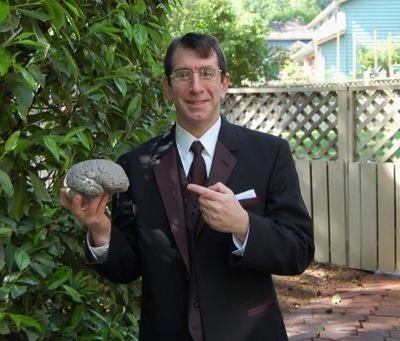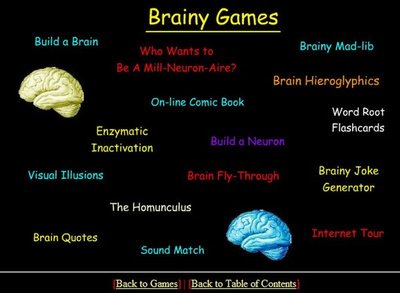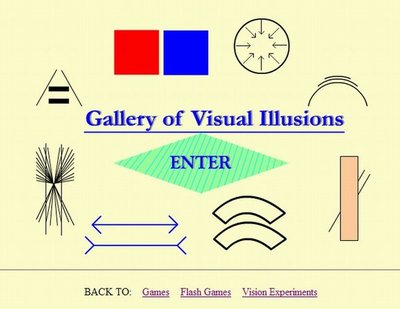June 25, 2010
All ages enjoy free brainy activities at “Neuroscience for Kids” website
Kids — parents and teachers, too — can keep their minds agile this summer by learning about the brain. Games, experiments, tricks, coloring pages, crafts, puzzles, humorous songs, e-mail cards and recipes for edible anatomic models are just a few of the many participatory activities in the free website, “Neuroscience for Kids.”
The site lets kids explore just about every aspect of the nervous system in people and animals. It includes questions posed by kids to experts, like “Do penguins or horses sleep?” It can also help children become more understanding of autism, intellectual disabilities, epilepsy, mental illness, tics, memory loss and other common conditions that affect kids and adults they know.
The site was created in 1997 and has been expanding ever since. This week “Neuroscience for Kids “won a prestigious SPORE (Science Prize for Online Resources in Education) award from Science magazine. The June 25 edition features “Resources for Anyone Interested in the Brain,” authored by the site’s originator.
“Neuroscience for Kids” is the brainchild of Dr. Eric Chudler, UW research associate professor of bioengineering and of anesthesiology and pain medicine. Middle school science instructors and research neuroscientists worked together to create child-friendly materials, as well as lesson plans for teachers.
There are hundreds of individual web pages to tour, a free e-mail newsletter, an event calendar of television shows and museum exhibits, book and movie reviews, links to popular magazine articles, neuroscience in the news, and brain trivia.
Go to the site to find out how to:
- Turn an old CD into a black and white top that turns color when it spins.
- Make a tasty model of a nerve cell from dessert gelatin, fruit and licorice sticks
- Identify the structures of the brain
- Let your eyes play tricks on you with visual illusions
- Challenge your family and friends to a ping pong pass that shows how nerve cells fire
- Send a brain-themed e-mail postcard after piecing it together as a puzzle
- Test your memory or solve a brain-teaser
- Check the cranial nerves
- See for yourself if the color of letters influences reading
- Map the parts of your brain on a swim cap
- Find the amount of a common brain stimulant in your drink or dessert
- Become a scientist who studies the nervous system
- Sing “The Brain Chemicals” to the tune of Old MacDonald
- Protect your brain and keep it running strong
… and learn a lot more about the three pounds of matter inside your head.
When the back-to-school season arrives, “Neuroscience for Kids” becomes a good source of ideas for science fair projects and tips on conducting research the scientist way.
In his June 25 Science essay, Chudler wrote that he hopes the site will “spark curiosity about science in young students” and that concerted efforts by scientists, educators and parents, “may entice young scholars into the mysteries of the nervous system, teach them to ask questions, and give them the confidence to seek answers.”
Science Education Partnership Award from the National Center for Research Resources at the National Institutes of Health supported the creation of “Neuroscience for Kids.”
ADDITIONAL RESOURCES:
Watch a video of Chudler demonstrating some of the home or classroom activities described in “Neuroscience for Kids” on the UW Medicine You Tube Channel:
http://www.youtube.com/user/UWMedicineHealth#p/a/u/1/Rxn0swsoGuk
Read a news release from Science magazine and the American Association for the Advancement of Science profiling Chudler and his award-winning work:



